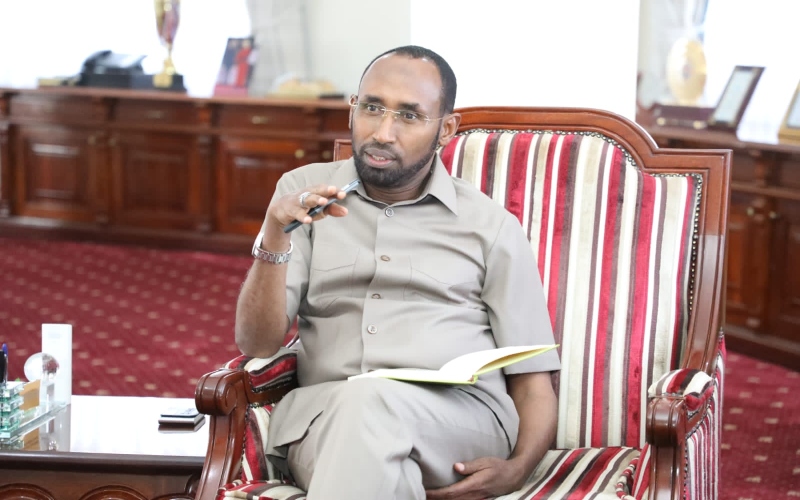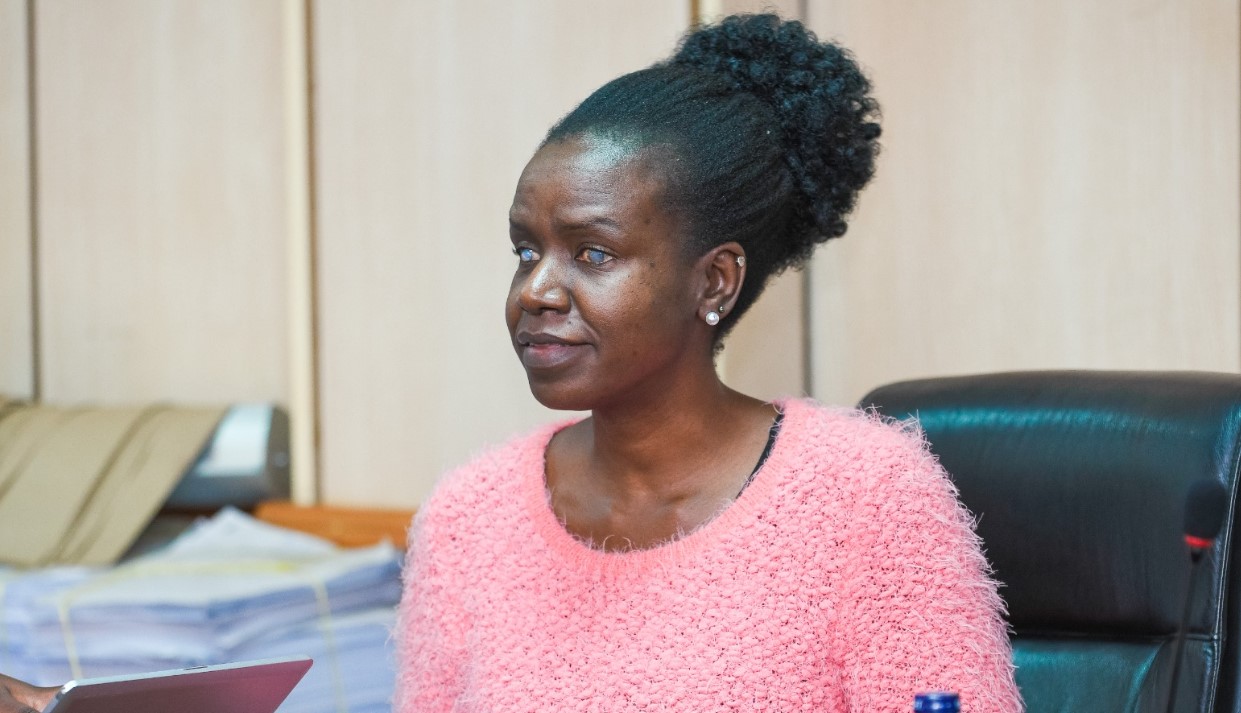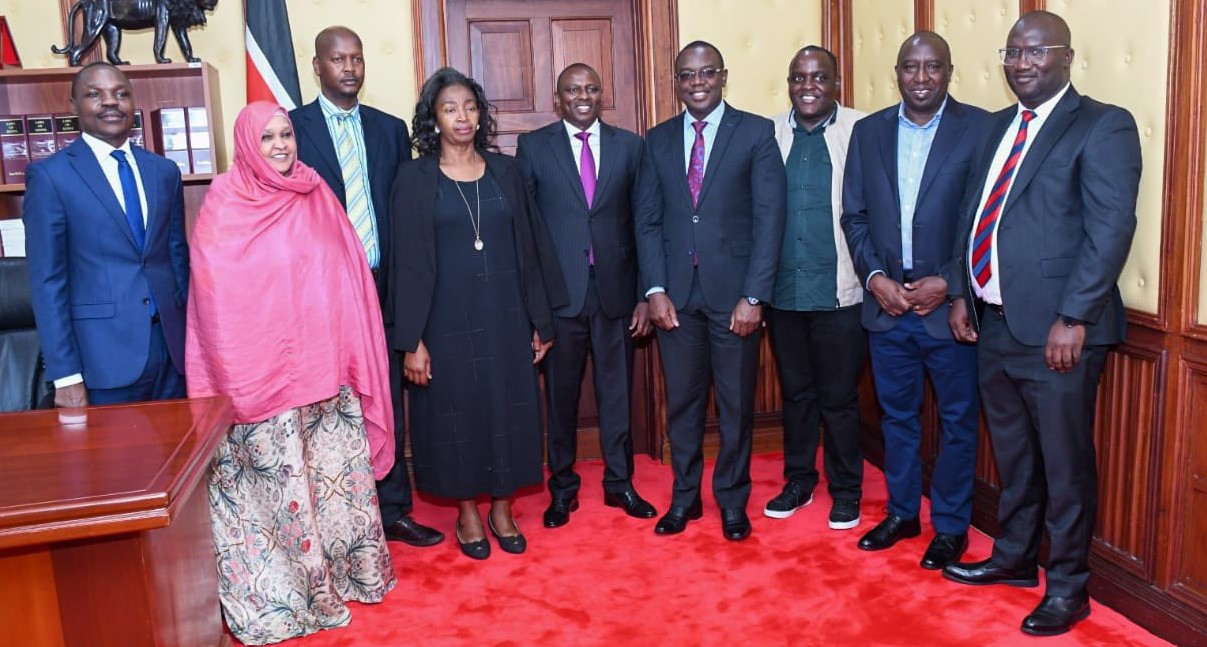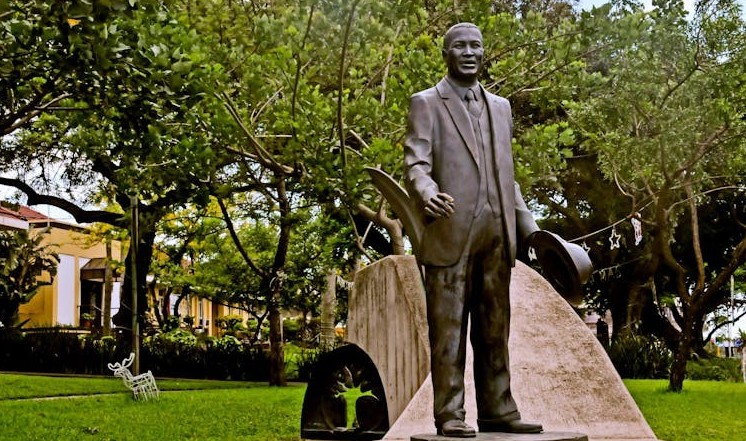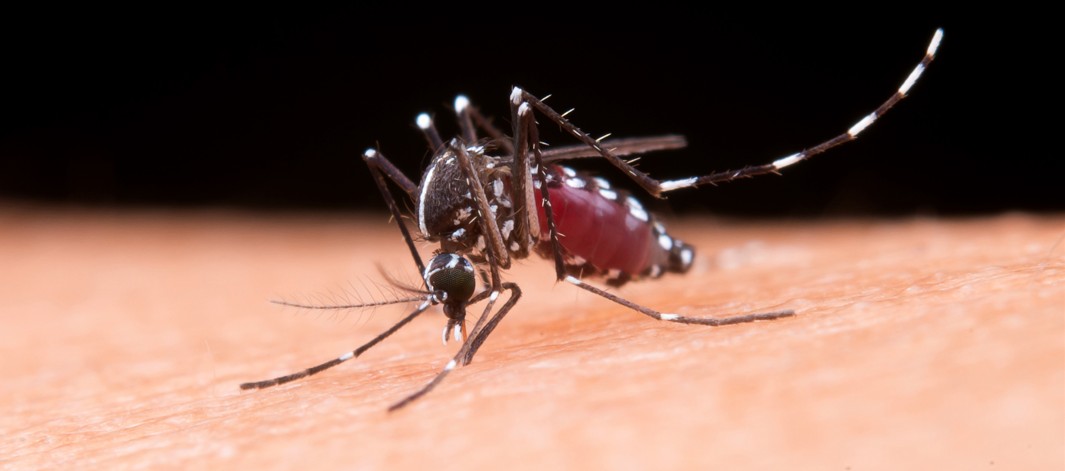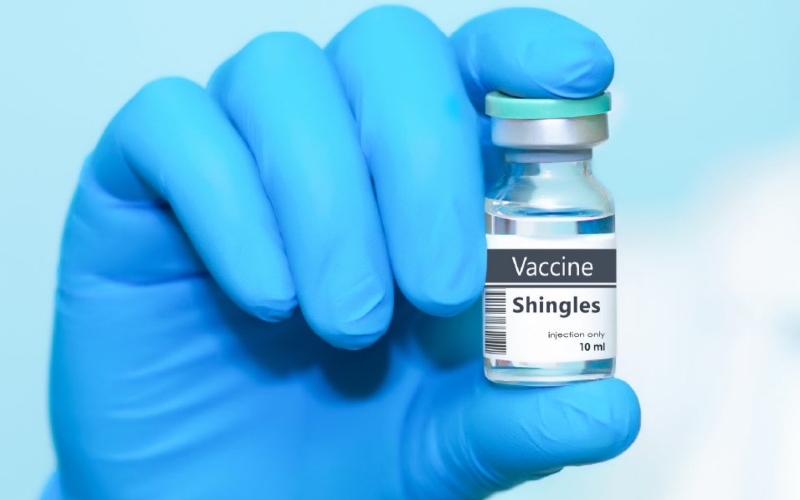Africa’s freshwater ecosystems depend on little creatures like insects and snails: Study maps overlooked species
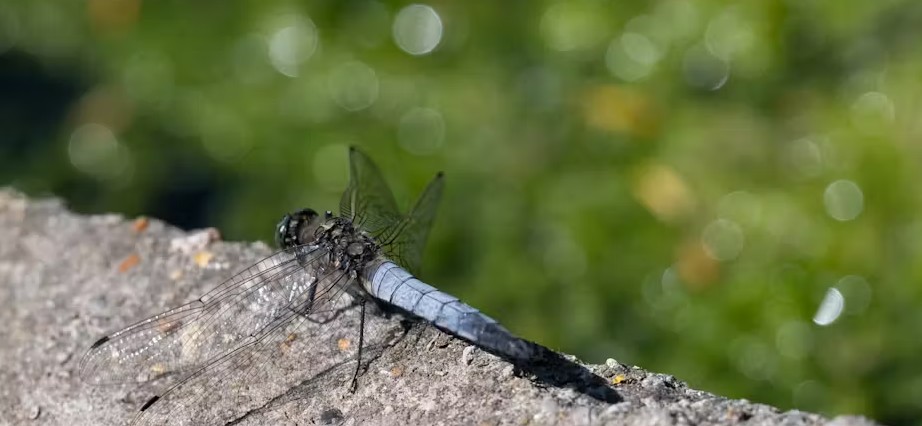
Ignoring macroinvertebrates is ignoring the silent custodians of biodiversity and the very foundation of healthy freshwater ecosystems.
Emmanuel O. Akindele, Obafemi Awolowo University
More To Read
- OPINION: Before pointing at Rwanda, Belgium must finally confront its own African history
- Nigeria provides safe haven for Guinea-Bissau opposition leader as coup crisis deepens
- Nigeria's defense minister resigns amid security crisis
- Cameroon opposition activist Anicet Ekane dies in custody; party demands accountability
- DR Congo, Rwanda leaders to sign peace deal in US
- Nigerian President Bola Tinubu declares national security emergency amid rising kidnappings
Africa’s tropical belt, defined by the Guinean forests of West Africa and the Congo Basin of central Africa, is globally recognised for its astounding biodiversity.
Beneath the surface of this ecological region lies the world of freshwater macroinvertebrates. These are tiny creatures inhabiting rivers, streams and lakes. In the words of renowned American ecologist Edward O. Wilson, invertebrates are the little things that run the world.
Macroinvertebrates include snails and larvae of dragonflies, caddisflies, mayflies and stoneflies, among others. They can be described as ecological engineers of freshwater ecosystems. They break down organic material, recycle nutrients, and form the base of food webs.
More importantly, they are the best biological indicators of freshwater ecosystem health. Their presence or absence tells the story of pollution, habitat degradation, or environmental recovery far better than any chemical test can.
But freshwater macroinvertebrates don’t get much conservation attention. Some countries don’t conduct surveys. There’s also a shortage of people with the skills to do so.
Our study addresses this knowledge gap by compiling data on macroinvertebrates in the Guineo-Congolian region. The resulting database can be used to model their distribution.
As a biodiversity expert, I believe that models like this can help scientists identify freshwater habitats and species that deserve urgent conservation attention.
Our research
For the study, freshwater scientists from Nigeria and Germany compiled data on freshwater macroinvertebrates from 15 African countries.
Drawing from peer-reviewed publications and the Global Biodiversity Information Facility, we included only records identified to the species level. The Global Biodiversity Information Facility is a leading international platform that provides open access to biodiversity data globally.
Our study brings scattered data into a unified and curated resource. It can serve as a foundation for modelling species distributions and guiding conservation priorities. Similar approaches have been successfully applied in regions like Europe and North America, where species distribution data have helped inform freshwater habitat protection. Ours is among the first of such efforts focused on understudied African ecosystems.
The results were startling. Most countries in this tropical belt are severely underrepresented in macroinvertebrate records.
In some cases, such as São Tomé and Príncipe, there are no records available at all. In others, like Equatorial Guinea and Togo, the number of documented records is extremely low (covering fewer than 50 species). Where such data exist, they would typically be accessible through platforms like the Global Biodiversity Information Facility or as published data.
Other Topics To Read
- Africa
- Gabon
- Nigeria
- pollution
- Equatorial Guinea
- DRC
- Cameroon
- Water
- Togo
- Democratic Republic of the Congo
- biodiversity
- West Africa
- diseases
- Congo basin
- Ecology
- Dragonflies
- Freshwater
- Ecosystems
- Central Africa
- São Tomé and Príncipe
- Natural world
- macroinvertebrates
- Africa’s freshwater ecosystems depend on little creatures like insects and snails: Study maps overlooked species
- Headlines
Nigeria, the Democratic Republic of Congo, Gabon and Cameroon show better coverage with over 200 species each. These are mostly through national surveys, published studies, and contributions to global platforms. However, these numbers are modest when compared to the likely diversity in these countries.
The number of species may be far higher, but limited sampling efforts and gaps in taxonomic research mean that much of this biodiversity remains undocumented. The figures don’t give a complete or accurate picture of freshwater macroinvertebrate diversity.
Our study shows a clear positive relationship between the number of recorded species and the intensity of sampling efforts. Much biodiversity likely remains undocumented in under-sampled areas. The low number of species is not necessarily due to low biodiversity.
What’s missing
The study shows a direct correlation between the number of years countries invested in field sampling and the number of species recorded. Where effort increased, so did the number of species observed.
This shows that the region’s freshwater biodiversity potential is vastly underestimated.
One notable absence is species that indicate healthy freshwater habitats: mayflies, stoneflies and caddisflies.
These species are known for their sensitivity to environmental stress. They are frequently used in biomonitoring programmes worldwide because, where they are diverse and exist in large numbers, they indicate a healthy freshwater system. Their scarcity in African datasets reflects not their absence in nature, but a lack of taxonomic expertise and research focus.
What should change
To protect freshwater ecosystems, there is a need for:
- Macroinvertebrate surveys across under-sampled nations
- Investments in taxonomic training and access to identification tools, for citizen scientists as well as researchers
- Regional initiatives and transnational research partnerships to share expertise, data and methodologies among biodiversity experts.
National governments and the African Union must put freshwater biodiversity on their environmental agendas. Macroinvertebrate research and conservation need to be recognised as a vital component of achieving United Nations Sustainable Development Goal 15. This focuses on inland freshwater ecosystems. Fieldwork in previously unexplored sites has already led to the discovery of rare and threatened macroinvertebrate species.
Outstanding freshwater systems must be protected before they are lost.
Ignoring macroinvertebrates means ignoring the very foundation of healthy freshwater systems. These creatures are the silent custodians of biodiversity.
It is time to bring them out of the shadows into the forefront of conservation
The Conversation
***
Emmanuel O. Akindele, Professor, Obafemi Awolowo University
This article is republished from The Conversation under a Creative Commons license. Read the original article.
Top Stories Today
